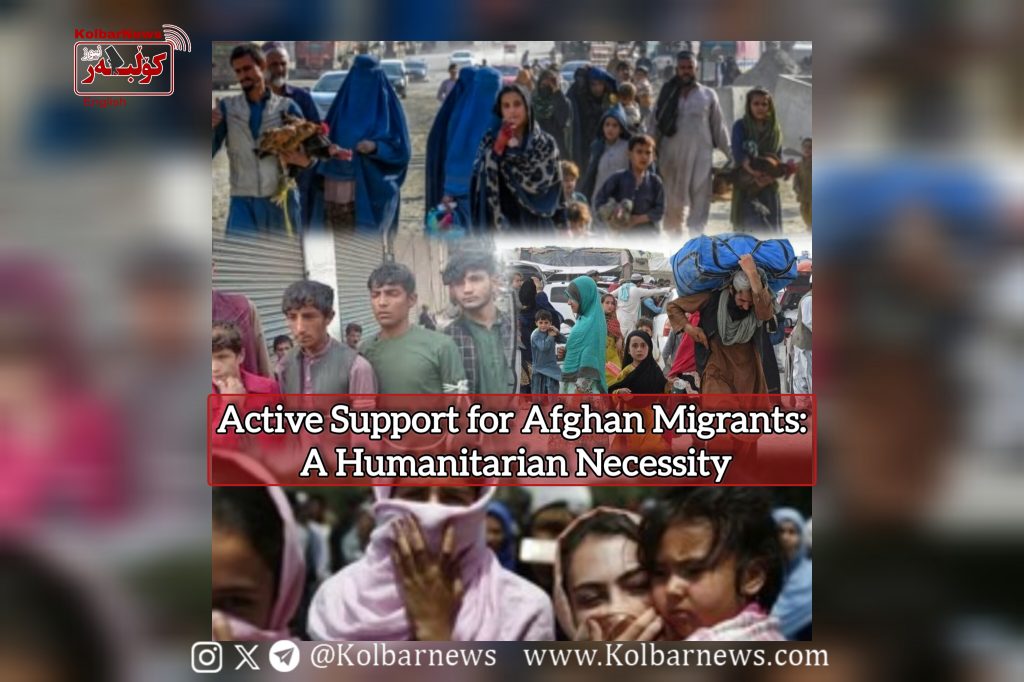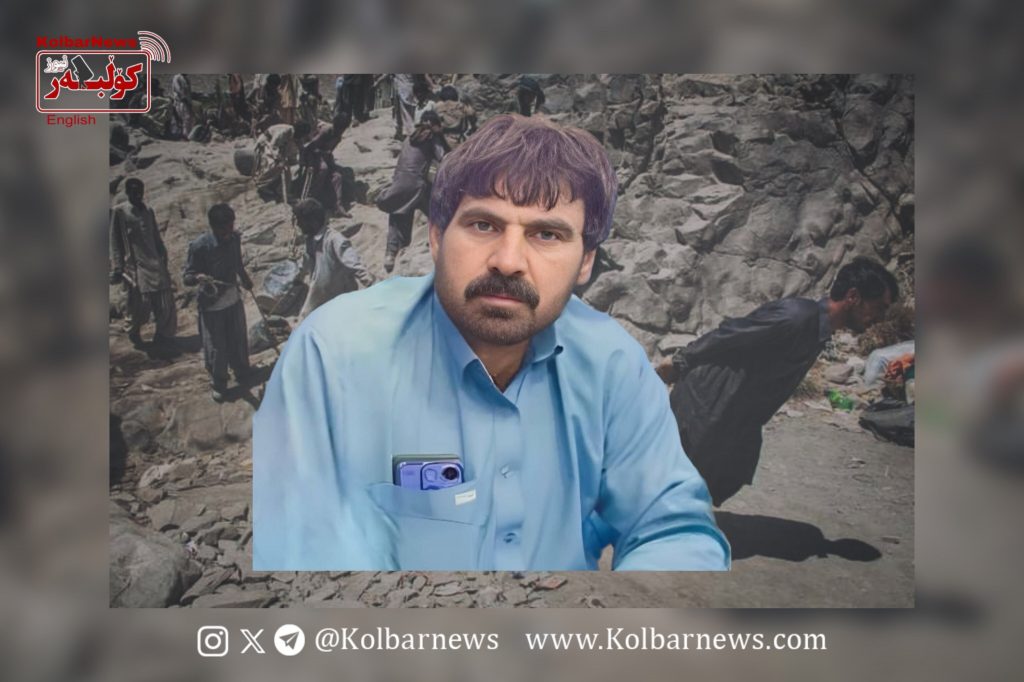
Racial discrimination against Afghan migrants, especially those forced to flee to Iran, has been intensifying under politically motivated pressures. These migrants face numerous challenges, with deportation being only one among them. Regime officials frequently advocate for the expulsion of what they label as “two million undocumented Afghans” by the end of the year. The Minister of the Interior repeatedly states Iran’s goal to deport two million Afghans by the close of 2024, while, just this September, the Border Guard Commander reported the expulsion of 700,000 Afghans.
In line with this anti-immigrant policy, on Friday, November 8, 2024, Interior Minister Eskandar Momeni, during a visit to Arak, remarked, “The expulsion of undocumented foreign nationals is the top priority of the migrant regulation plan.” He justified the action by claiming a lack of international support and alleged that millions of foreign nationals benefit from all government subsidies.
The Iranian government refers to migrants without residency permits as “illegal,” without acknowledging that many were born in Iran and have Afghan parents. Officials publicly emphasize the deportation of “illegal” Afghan citizens, but the deportations do not only affect these so-called undocumented migrants. A BBC reporter, who visited the Islam Qala crossing at the Iran-Afghanistan border on September 13, observed that some deportees had passports and valid residency documents. Daily reports indicate that up to 3,000 Afghan citizens are driven from Iran back into Afghanistan, often facing extortion before deportation. Video evidence shows that Iranian officials arrest Afghans, demand bribes, and, after receiving payment, still force them to deportation camps. Those without money are often violently packed into transport trucks and sent to designated camps.
Beyond deportations, there has also been an increase in executions of Afghans. According to media reports, 13 Afghan citizens were executed in Iran in October alone, alongside continued targeting of Afghan migrants at border areas. In mid-October, border officials opened fire on a group of Afghan migrants in Kanegan, reportedly killing or injuring at least 260 individuals.
The Iranian government’s crackdown on Afghan migrants is occurring amid similar pressures on Afghan communities in Pakistan and parts of Europe. Recently, the German embassy in Iran closed a department responsible for processing family reunification cases, redirecting applicants to Pakistan’s German embassy, where Afghan citizens face greater deportation risks.
In reality, Iran’s government, weakened by economic crises, internal protests among workers, and regional setbacks, relies heavily on repression and support from Western and Eastern allies for survival. This regime’s simultaneous intensification of violence against women, labor activists, political prisoners, students, and human rights defenders includes a sharp increase in executions. The escalating pressure on Afghan migrants is part of this broader repression.
Thus, it is essential for labor activists, women, retirees, and other resistance groups to stand in solidarity with Afghan migrants. Support for Afghan migrants can take various forms. Above all, it is crucial to counter the regime’s false and racist narratives. Iranian activists should actively support these migrants, who are mostly workers, by defending them against attacks by officials, nationalists, or uninformed citizens. Providing shelter when they are pursued and raising awareness about the dangers they face at work is a humanitarian and class duty, one that strengthens the frontlines of the people’s struggle against the regime and its corporate backers.

